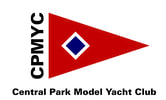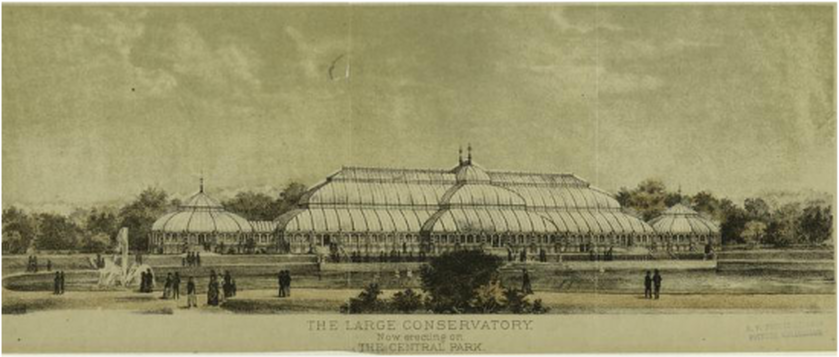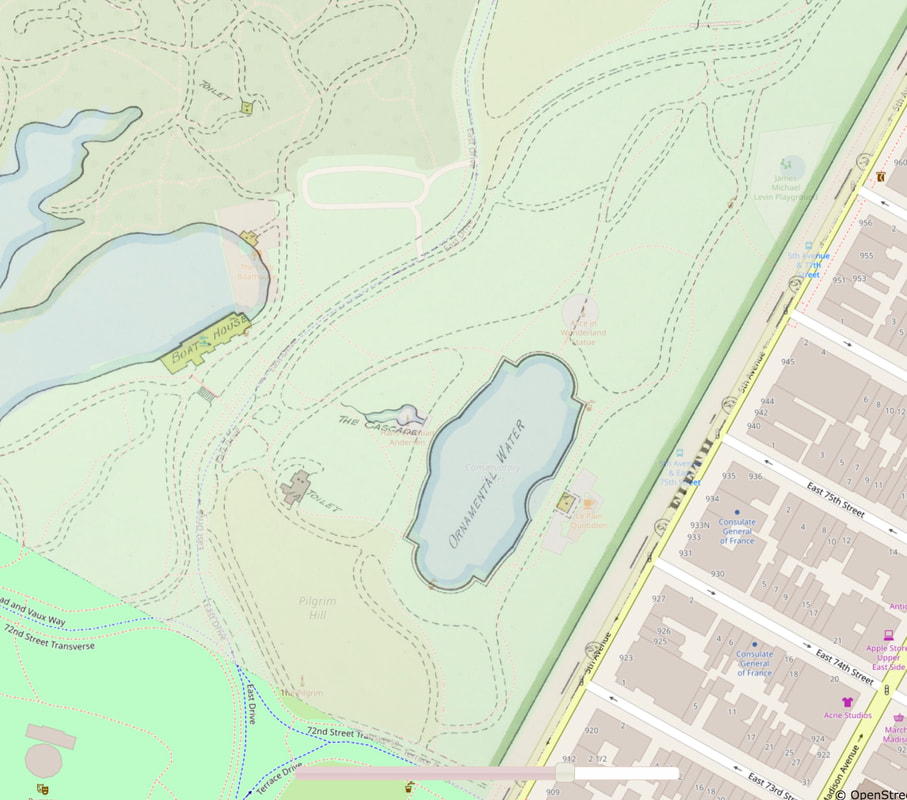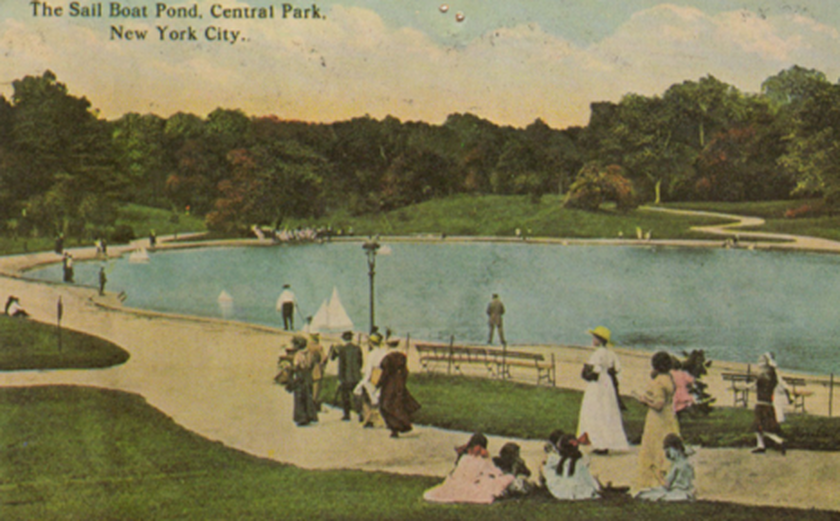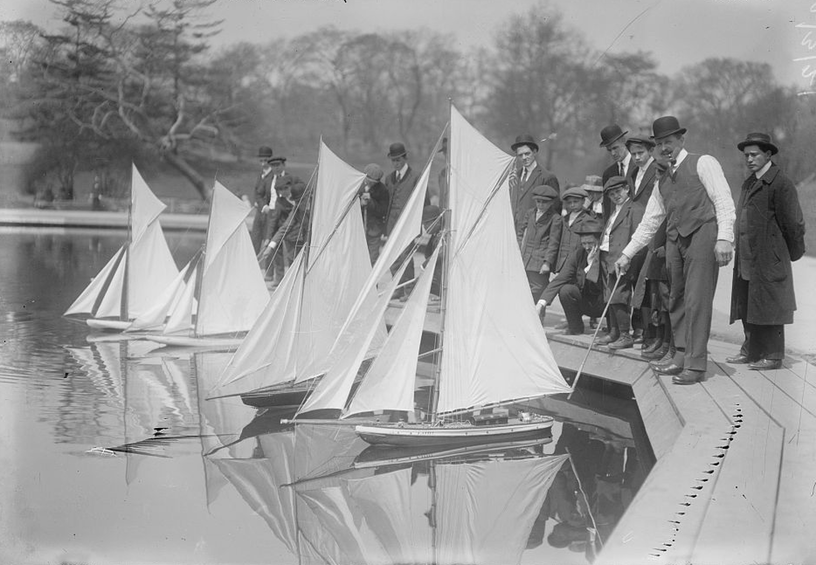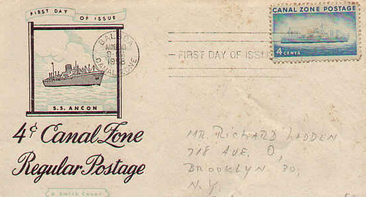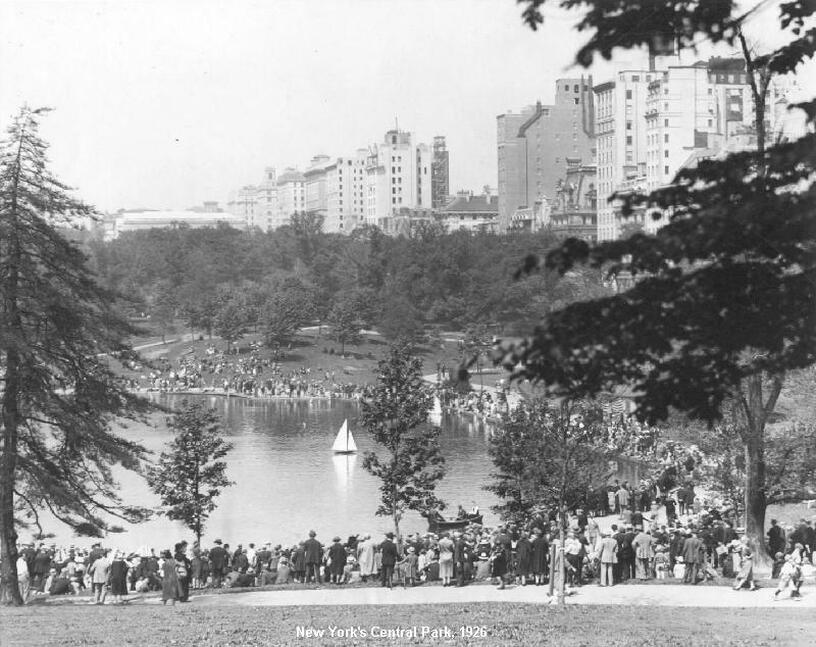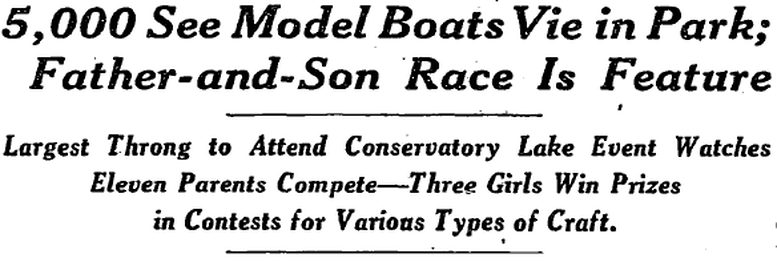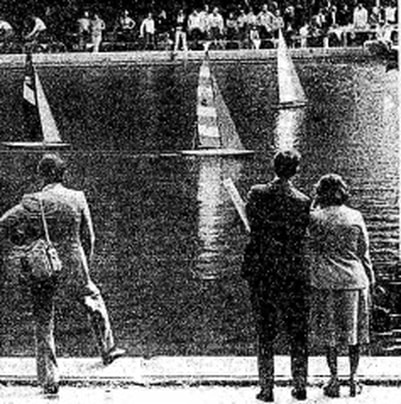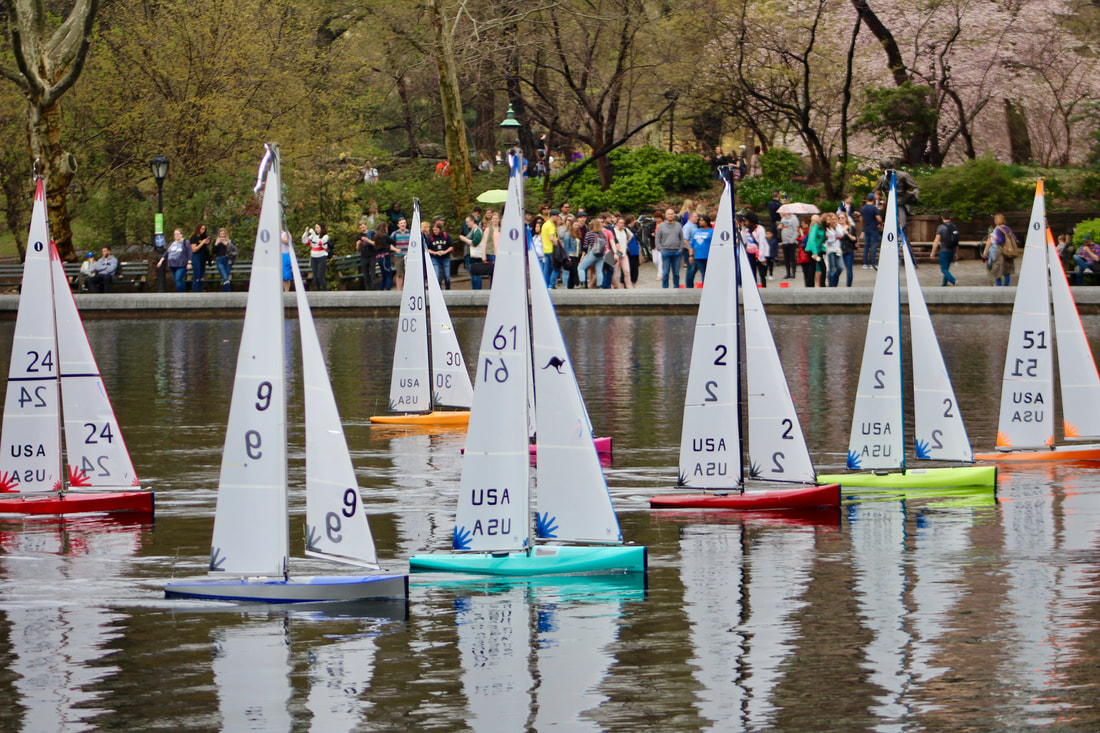|
In 2016, the Central Park Model Yacht Club celebrated its 100th anniversary, making us one of the oldest model yacht clubs in the country. But people have been sailing model yachts on Central Park Conservatory Water for nearly 140 years. Read up on the rich history of our club and sailing venue both here and by clicking ‘Historic Articles' to get to great old write-ups from the US Vintage Model Yacht Group, American Model Yacht Association and other sources.
1858-1873, CONSERVATORY WATER IS BORN
In 1853, New York City acquired 700 acres of wasteland in central Manhattan so overrun with bluffs, swamps, and rocky outcroppings, private development was obviously impractical and totally out of the question. Five years later in 1858, Frederick Law Olmsted and Calvert Vaux won a design competition with a grand proposal entitled the Greensward Plan which would transform that worthless wilderness into a place called Central Park. The plan included, among other things, a large glass Conservatory for tropical plants. (Check out the photo below. Evidently the plans also included the removal of a few hills that surround the property...???) However, due to a lack of funding the Conservatory was never built and the area configured as a “floral parterre” was turned into a pond called “Ornamental Water” according to Hinrich’s Map of Central Park, dated 1875.
The pond now known as Conservatory Water was inspired by the Grand Basin model boat pond in Paris' Luxembourg Gardens. So it's no surprise that following its completion in 1873, Conservatory Water soon attracted a crowd with miniature sailboats in hand.
BY 1875, MODEL YACHTING HAD BEGUN ON CONSERVATORY WATER
Racing small sailboats was already established in Europe when it was introduced to the U.S.
On Independence Day, 1872, model yachting was initiated on the large lake in Prospect Park, Brooklyn by an organization known as the Prospect Park Yacht Club. Then, in the summer of 1875, a New York Times article reported on "Miniature Yachting in Central Park”. Although it does not mention Conservatory Water by name, it does state that, “On June 19th a field of 13 schooners and 4 sloops raced.” And it goes on to report that “a field of 54 boats fighted (sic) on the little lake at Seventy-Second Street."
A Times article dated July 8, 1875 reported on “a second miniature yacht regatta in Central Park”. It said that, “No less than 2,000 spectators were present to witness the sport…” and ”was sufficient to prove that the experiment of miniature yachting is destined to be successful wherever it is introduced.” One of those places was at the 1876 World's Fair in Philadelphia's Fairmount Park where a stunning pond boat exhibit caught the attend of hundreds of thousands of visitors. Word was getting out. By the late 1880's the sport was in full swing, principally in the New York City area. There were three clubs there, and they formed the first sanctioning body for inter-club races in the United States: the Model Yacht Racing Union of North America. 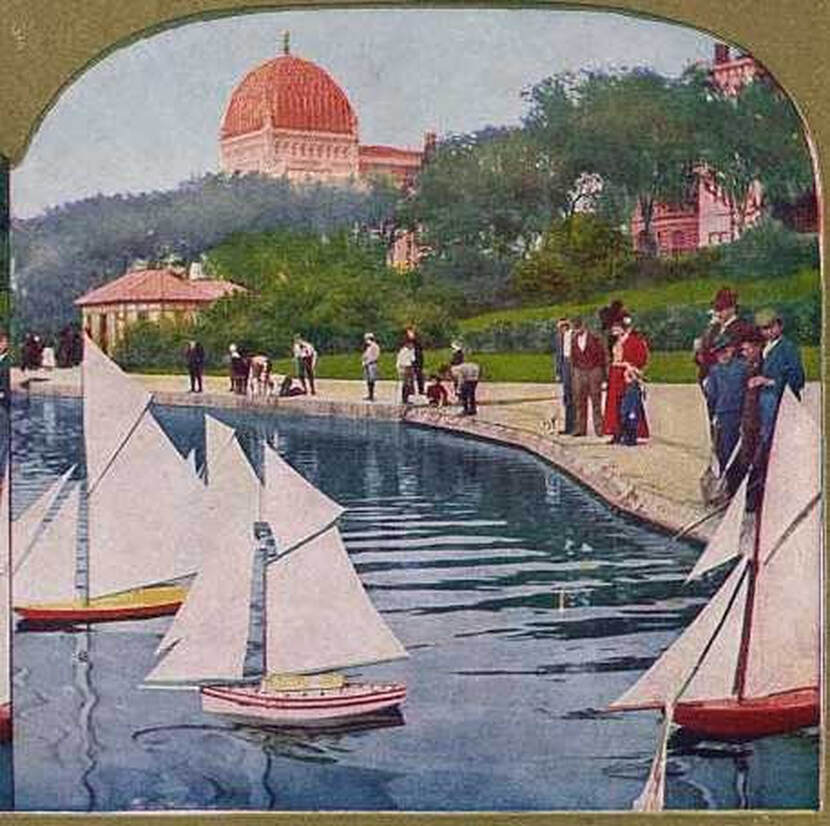
Back then model yacht racing involved “free-sailing” where boats were directed by using a fixed rudder and adjusting the sails. The skipper would set the boat into the pond, point it towards a finish line on the other side, give it a nudge with a pole and hope for the best. In the late 1800's and early 1900's, a variety of steampunkish steering mechanisms were devised, including Braine and Vane Gear. But even before that, in 1885, the scientist Nikola Tesla developed a boat controlled by a wireless radio controlled system in his studio off East Houston Street just a few miles south of Conservatory Water. According to the "Tesla Memorial Society of New York", he then demonstrated his "robotic boat" in Madison Square Garden in 1898. 1896-1916, A CLUB TAKES FORM AND CPMYC IS LAUNCHED
On August 30th, 1896 the New York Times mentions “a Model Yacht Club in Central Park”. But on December 16th, 1916 the Central Park Model Yacht Club was finally made official when a group of model boat enthusiasts - possibly transplants from Brooklyn's Empire Club - met at their new "headquarters", a small wooden boathouse located near Conservatory Water in Central Park, and decided that a more structured club should be formed to “encourage those interested in designing, building and sailing model yachts.”
1916-1929, CPMYC MAKES A NAME FOR ITSELF
The newly formed Central Park Model Yacht Club soon became a center of America’s model yachting scene, with members competing against each other and in international championships. One article details a three-day regatta that took place on Long Island Sound's Little Neck Bay in 1922. A month later the local clubs raced against W. J. Daniels, a well-known designer and builder of winning model yachts who had arrived from Great Britain to take on the challengers. His book “Model Sailing Yachts” is still popular among vintage enthusiasts. To get a better idea of the momentum that was building around model sailboat racing, in 1926 the New York Times also reported that 200 boys and girls took part in a model yacht regatta at Conservatory Water.
But that was nothing compared with what was to come. |
Send us some CPMYC History
The History section of our website is a work in progress. We're always looking for info and photos we can add to the site. If you have anything that might be of interest, please email us via our "CONNECT" page.
|
